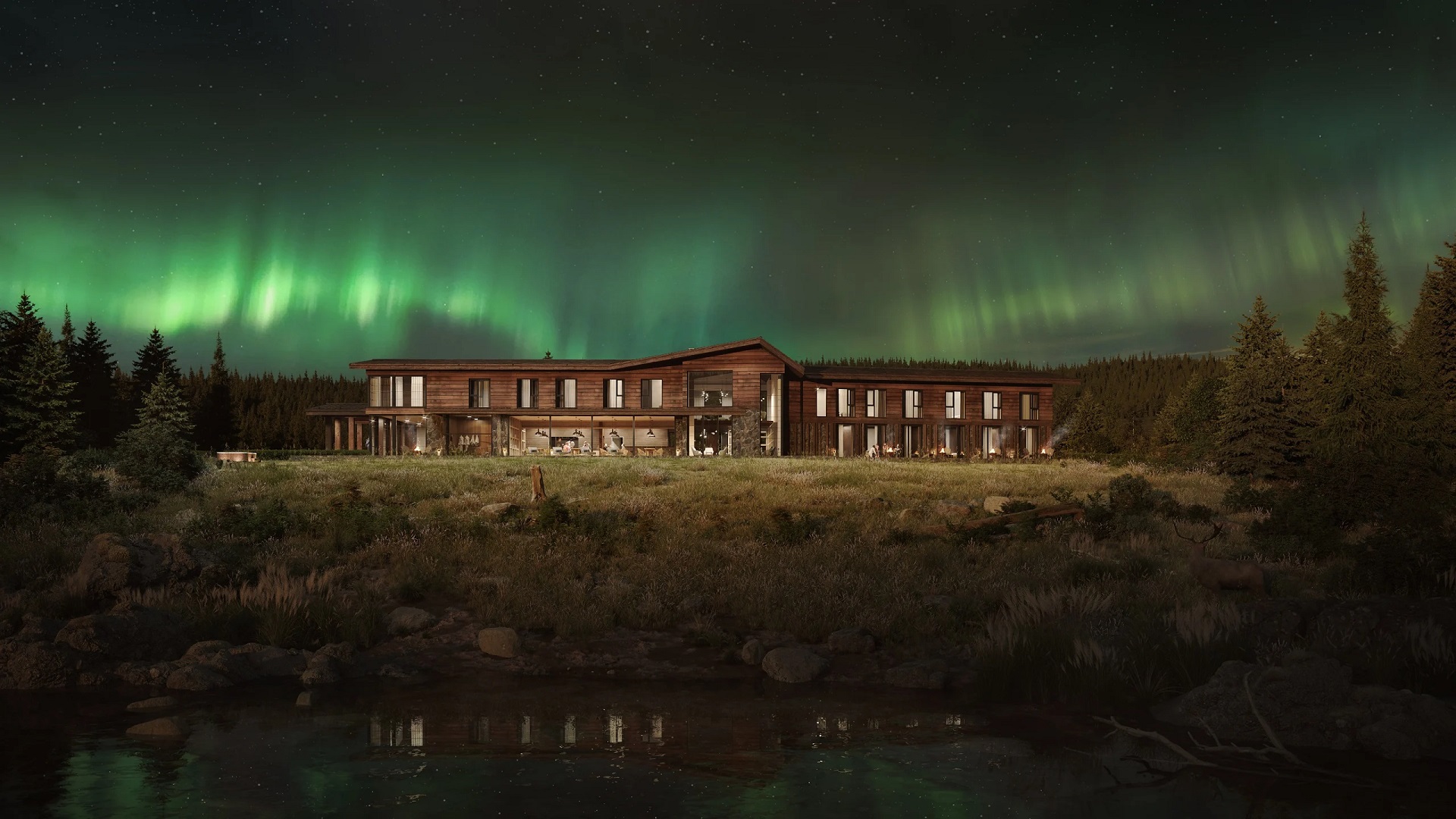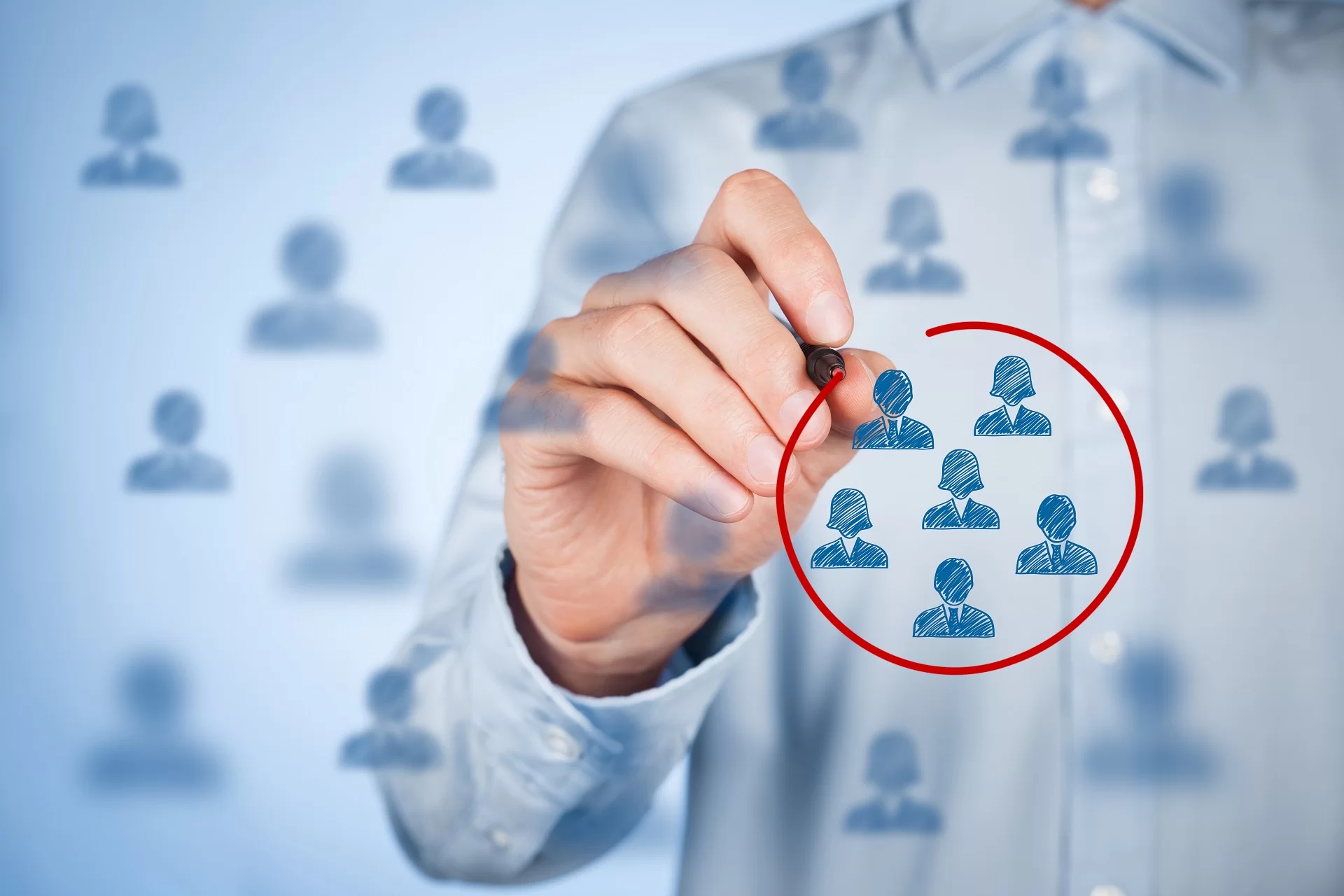How to get published in an architecture magazine? This question concerns every architect. Most of all, they would love to see their works on glossy print or web pages of industry-leading magazines, such as Dezeen, Architectural Digest, or ArchDaily. That’s because such an article may become a real career booster for an architecture specialist. It can get the whole world to see their design masterpieces, increase their credibility in the professional community, and help to attract new potential clients. Indeed, getting published in an authoritative industry-specific magazine is one of the best marketing tools for an architect.
However, it is easier said than done. Editors of the most popular architecture magazines get tons of emails from architects and designers every day. And each applicant is eager to get published. So, how to stand out in a crowd?
We have all the answers! As a 3D architectural visualization company, we work closely with many talented architects. This allowed us to get familiar with the inner workings of their profession. Among the other things, we learned some hints about how to get published in an architecture magazine. And we are happy to share our insights in this short article. So, the following are the 6 tips to get your designs featured in the most famous architecture publications!
#1. Follow Submission Guidelines
All the respectable architecture magazines have rules for submitting pitches. Those guidelines specify the length of the text, the preferred format of the document, the number and resolution of the pictures to provide, and so on. So, tip number one on how to get published in an architecture magazine is to study and follow those requirements to the letter.
Firstly, it will show that the applicant is respectful and easy to work with, which editors will definitely appreciate. And secondly, if the author of the project doesn’t follow the requirements, an editorial team can simply overlook their submission. Even a small detail can get in the way of getting published in an architecture magazine. For example, in Architectural Digest, the editors ask to type ‘Project Submission’ in caps lock in the subject of the letter. And Dezeen requires a selection of quality jpegs, with at least 3000 pixels on the shortest sides. If something falls short of this list of requirements, the odds of the pitch getting approved and even simply noticed will lower.
#2. Offer Exclusive Content

It’s not the best idea to send the same pitch to several serious editors. That’s because architecture magazines are looking for exclusivity and unique content. Let’s imagine an editor who devotes their time to consider a submission, then approves it, and finds out that another magazine had already accepted it right before they did. After such a situation, an editorial team will most likely not deal with the architect who sent this project ever again. So, it’s highly recommended to submit one pitch to one journal at a time and to provide it with exclusive publication rights. Also, it is essential to make sure that the imagery in the submission hasn’t been published anywhere else yet.
#3. Provide Only Top-Notch Photos and 3D Renders

In the articles published in architecture magazines, the visual aspect plays a key role. So, the imagery in a submission must be of the highest quality. Moreover, it should be aligned with the journal’s overall aesthetics. So, when choosing a photographer to shoot an architectural project for a magazine submission, the best solution would be to hire one who has already worked with this publication. However, it is likely to be quite a pricey endeavor. If this is not an option for an architect, it is still worth hiring only those photographers who specialize in architecture and interiors. Otherwise, there’s a high risk of losing time and money and having to redo the photoshoot all over again.
Showcase your architectural project like a true work of art, brought to life with cutting-edge AI-powered CGI technology.
And what if a project hasn’t been finished yet or exists only in sketches and drawings? Here, a perfect solution for an architect is to reach out to a professional CGI studio for visuals. 3D visualization for architecture allows for getting photorealistic pictures and videos showing the expected look of design before it is brought to reality. In CG renderings, the future building can look absolutely life-like, as if it was shot by a professional photographer. Moreover, it can be shown in a complementing setting and atmosphere, in any season and time of the day. This is why CGI is the best tool to get mesmerizing visuals of the designs that are yet to be built. And then, they can be used to wow the magazine’s audience.
#4. Give Clear and Exhaustive Information about a Project

Quality pictures are not the only materials an applicant needs to provide to get published in an architecture magazine. They also have to add technical and factual information about the project. It should include the building’s dimensions, its architectural style, location, the year of construction, etc. Also, it’s wise to provide info on the materials used in the design, especially unusual ones or those applied in an unexpected way. Architecture magazines often give instructions on how to present this information.
In addition to these factual details, the applicant might need to attach construction plans, drawings, and sketches of a building. For instance, in the submission guidelines of Dezeen, the editors say that their audience loves to see such visuals and ask to include them if possible.
#5. Tell a Captivating Story about a Project

Publishers love a good story behind appealing designs. So, any architect wondering how to get published in an architecture magazine should provide an editor with some fascinating details about their works. What makes this design special? Maybe it was an old barn and the architect has turned it into a modern family cottage? Or perhaps it is a futuristic eco-friendly skyscraper designed to use 10 times less energy than a regular one? To visualize such concepts in the most engaging way, professionals often rely on 3d interior design rendering services that allow them to highlight the atmosphere, functionality, and storytelling aspects of every space. Reading about such one-of-a-kind architectural projects is always a memorable, unique, and emotive experience. This is why publishers prefer this kind of content for their readers.
#6. Meet the Interests of a Magazine Audience

To get published in an architecture magazine, it’s necessary to learn who its readers are in the first place. Because it will be vital to tailor a pitch for this particular group of people. Also, publishers will most likely pick those submissions that are aligned with their readers’ preferences. For instance, a non-professional audience will be interested in mesmerizing images of the unusual designs with descriptions written in simple words. While experts in the field of architecture will like to learn about the technical aspects of the projects. In this case, it’s reasonable to include drawings, plans, and sketches in the pitch.
How to find out who reads the journal in question? Usually, the editorial team of a magazine provides this information in the About Us section on their website, or in their media kit.
So, how to get published in an architecture magazine? Long story short, an architect needs to learn all the requirements for submitting a pitch and follow them strictly. Also, it is essential to provide exclusive content, quality photographs or 3D renders, and important technical characteristics of the building. Plus, telling a fascinating story about the design will give the submission a competitive edge. And, of course, tailoring the piece of content to the needs of the journal’s audience is another key to having a pitch approved.
Want to see your design masterpieces published in the leading architecture magazines? Contact us to explore our services and get the perfect CG imagery of your works. Beautiful photoreal CGI will make the editors fall in love with your pitch!

Catherine Paul
Content Writer, Editor at ArchiCGI
Catherine is a content writer and editor. In her articles, she explains how CGI is transforming the world of architecture and design. Outside of office, she enjoys yoga, travelling, and watching horrors.





